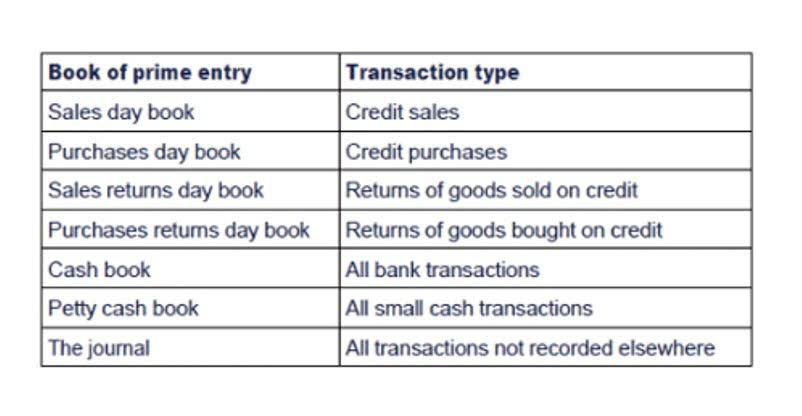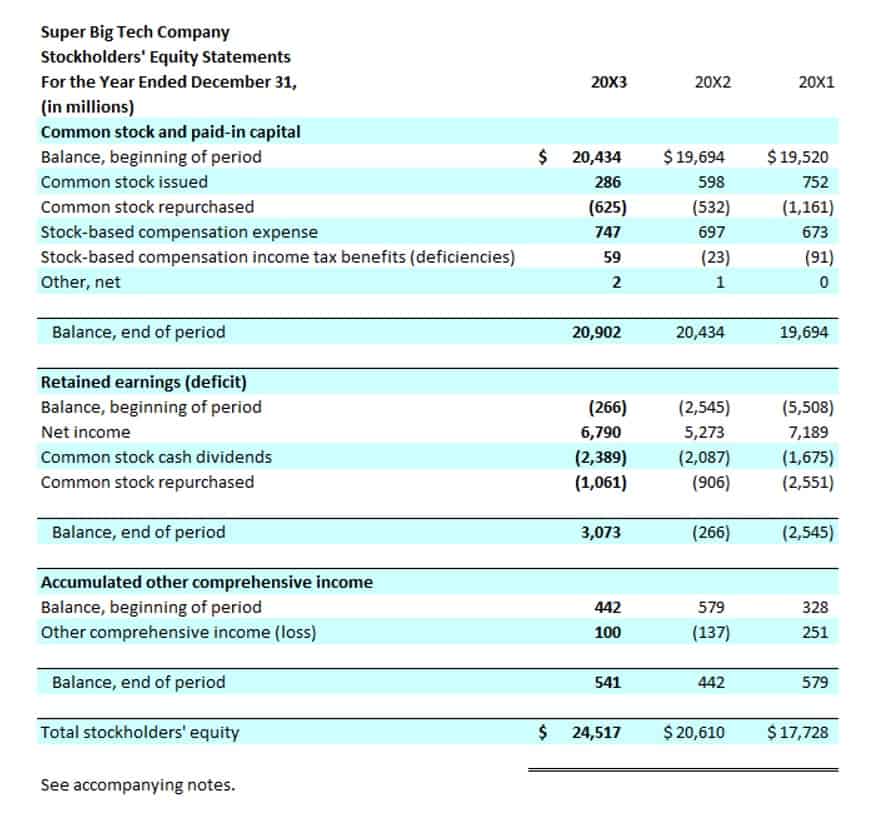Single-Step vs Multiple-Step Income Statements

The net income calculated using the single-step income statement is equal to that which is calculated using a multi-step income statement. This example of a single-step income statement from Accounting Explained shows the different sections covered in the report and the overall format of the content. Small companies with simple operations may find single-step statements sufficient.
More free online templates for businesses.
- Operating expenses are further expenses that are subtracted from total revenue.
- Income statement reports show financial performance based on revenues, expenses, and net income.
- The income statement is an integral part of the company performance reports.
- If you need a detailed report but don’t have much time available then a single-step statement may be a better option.
- Receipts are the cash received and are accounted for when the money is received.
- This calculation shows investors and creditors the overall profitability of the company as well as how efficiently the company is at generating profits from total revenues.
Single-step income statements can be appropriate for small businesses, such as single-product or single-service businesses, sole proprietors, and partnerships. Manufacturers, for example, use multi-step income statements to clearly separate production and overhead single step income statement example costs. Like a multi-step income statement, a single-step income statement reports the revenue, expenses, and profit (or loss) of a business during a specific period. However, it doesn’t provide the level of detail you get with a multi-step income statement.
Preparing Single-Step Income Statements
- Typically, multi-step income statements are used by larger businesses with more complex finances.
- While the balance sheet provides a snapshot of a company’s financials as of a particular date, the income statement reports income through a specific period, usually a quarter or a year.
- One disadvantage is the difficulty in understanding, especially for those without a background in accounting.
- We’ve broken down the steps for preparing an income statement, as well as some helpful tips.
- A single-step income statement is useful when your business does not have complex operations or only needs a simple statement that could report the net income of a business.
These expenses are recorded in the expenses section with other operating expenses of a single-step income statement. The single-step income statement is the format used to prepare an income statement where revenues, expenses, and net income are presented into a single subtotal. Single-step statements don’t organize income and expense data by category. Multi-step statements are more detailed and segmented according to types of income and expenses, which show how a business progresses toward net income, or in some cases a net loss.
Create a Free Account and Ask Any Financial Question
The owners of sole proprietors and partnerships are more likely to opt for single-step statements. Businesses with formal corporate structures or those that are publicly traded use the more detailed multi-step statement. Income statements are important because they show the overall profitability of a company and help investors evaluate a company’s financial performance. Income statements can also be used to make decisions about inorganic or organic growth, company strategies, and analyst consensus. Non-operating revenues are revenues that a company earns from activities that are not related to its primary business operations. It is also known as the profit and loss (P&L) statement, where profit or loss is determined by subtracting all expenses from the revenues of a company.
SoFi has no control over the content, products or services offered nor the security or privacy of information transmitted to others via their website. We recommend that you review the privacy policy of the site you are entering. SoFi does not guarantee or endorse the products, information or recommendations provided in any third party website. The income statement is also vital for ratio analysis, equity research, and valuation of the company. Income statements also provide a good source of analysis for investors that are willing to invest in the business. It helps managers and business owners point out which company expenses are growing at an unexpected rate and which of these expenses need to be cut down in the future.
They separate operating revenues and operating expenses from non-operating revenues and expenses. A single-step income statement is one of the two common formats for small business income statements, which are also called profit and loss statements. The single-step income statement is the simpler of the two formats, because it uses just one equation to calculate a business’s net income.

The single-step income statement offers a straightforward accounting of the financial activity of your business. The cost of goods sold (COGS) includes direct labor, materials, and overhead expenses your business has incurred to provide its goods or services. This should include money from all sales of goods and services, even if it hasn’t been paid yet. If you’ve invoiced a client for a service but they haven’t paid the invoice yet, this still counts toward revenue. Skynova’s business templates can help you send, manage, and track invoices. A financial reporting period, also called an accounting period, refers to the timespan your income statement will cover.
Income Statement Format

It provides insights into a company’s overall profitability and helps investors evaluate a company’s financial performance. Directors and executives are also provided a clear picture of the performance of the company as a whole during a specific accounting period. This means that revenues and expenses are classified whether they are part of the primary operations of the business or not. An income statement shows how effective the strategies set by the management at the beginning of an accounting period are. Operating revenue is realized through a business’ primary activity, such as selling its products. Non-operating revenue comes from ancillary sources such as interest income from capital held in a bank or income from rental of business property.

Operating Expenses

Gains are the earnings produced outside of the sale of your main goods or services. Shopify Balance is a free financial account that lets you manage your business’s money from Shopify admin. Pay no monthly fees, get payouts up to four days earlier, and earn cashback on eligible purchases.


